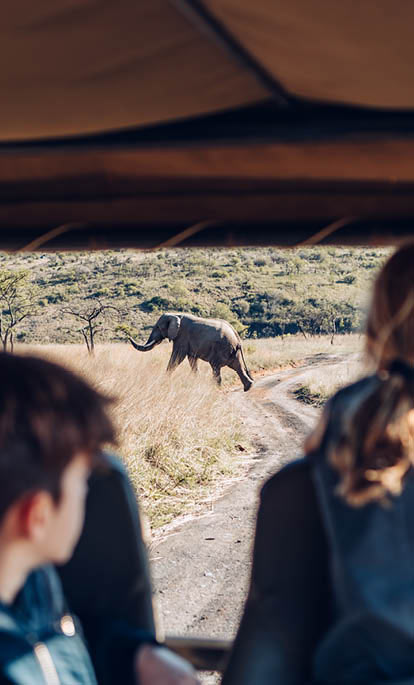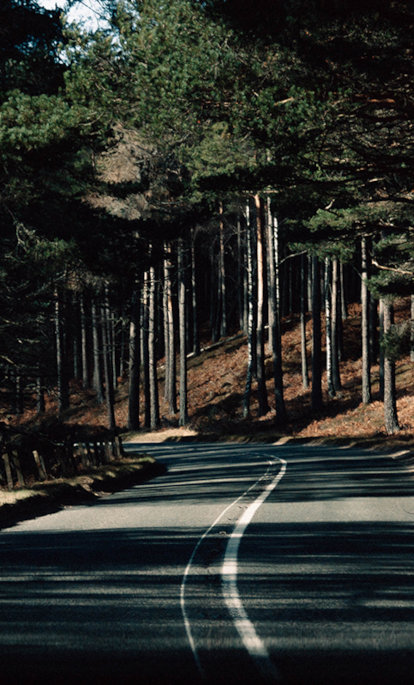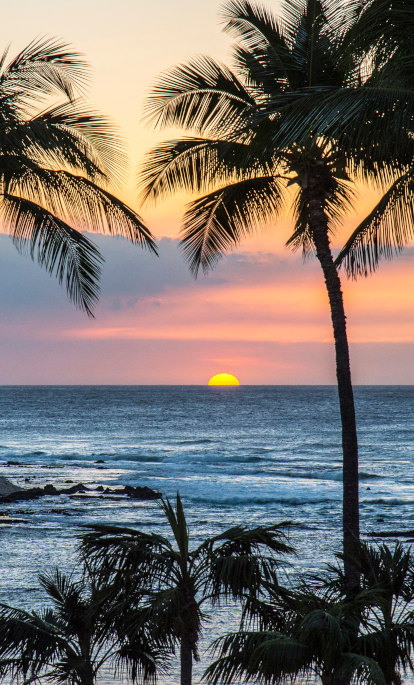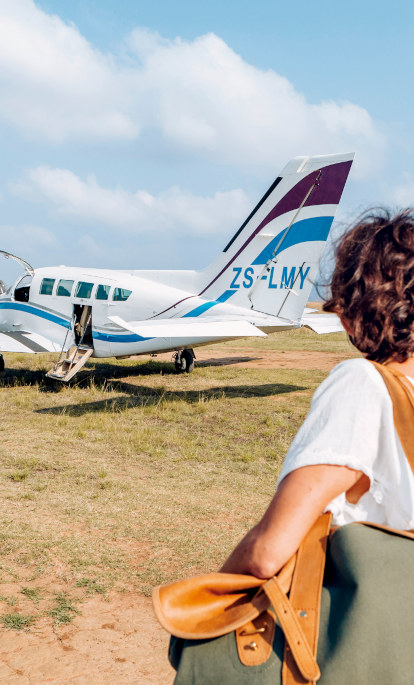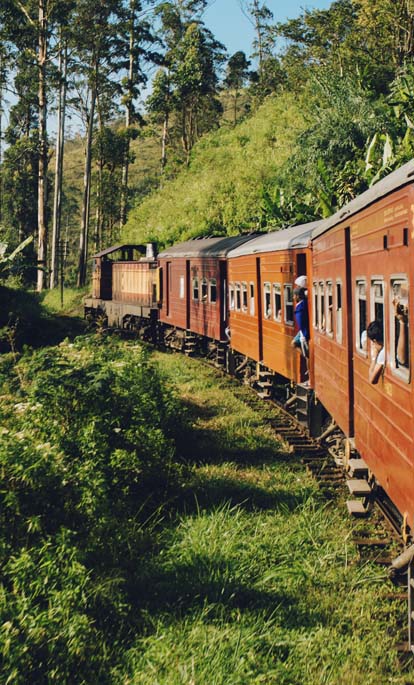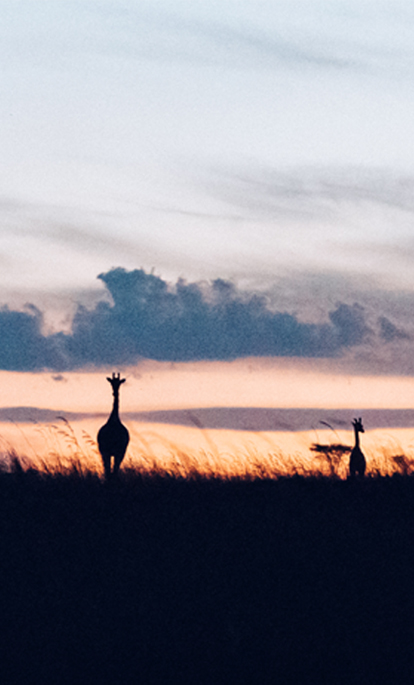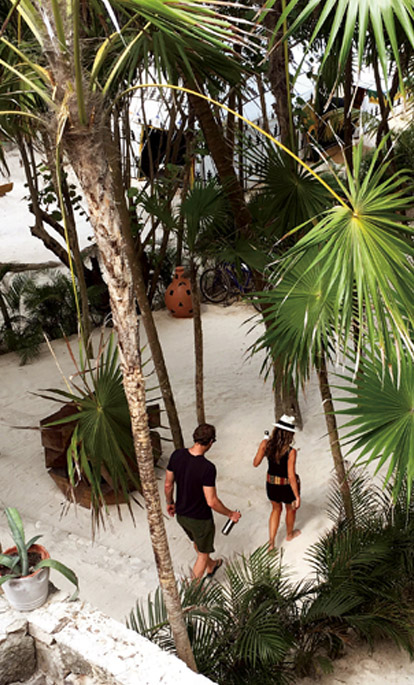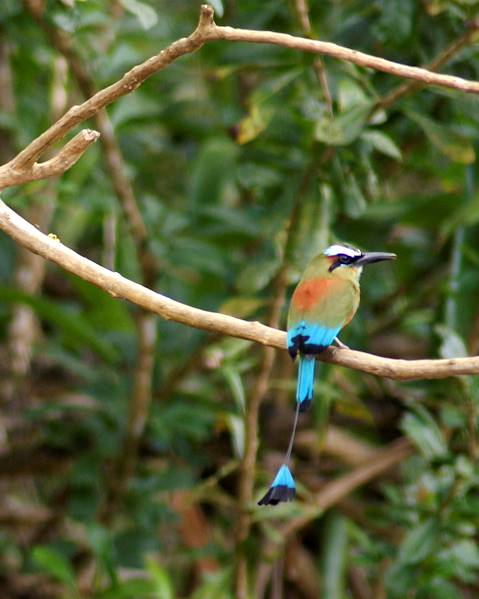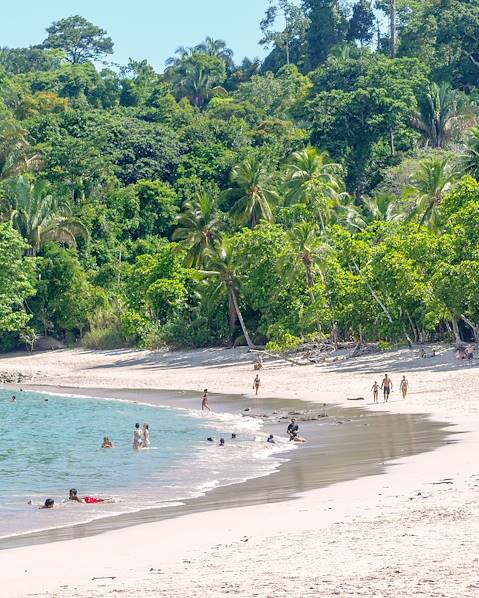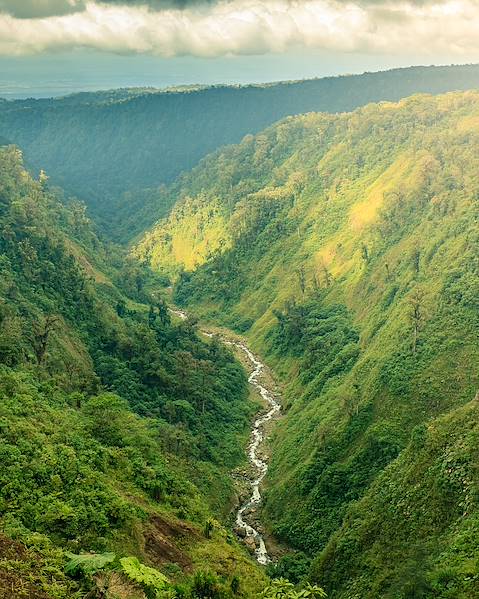Sandwiched between the Caribbean Sea and Pacific Ocean, Costa Rica is renowned for its remarkable biodiversity. Yet this thriving wildlife wouldn’t exist without the requisite environmental conditions and prime real estate of rainforests, beaches and mountains. In other words, the geography of Costa Rica deserves its time in the spotlight. Prior to the formation of a land bridge between Central and North America around three million years ago, a number of endemic species evolved in isolation on the continent, and this geographical development goes some way to explaining Costa Rica’s multifarious fauna. A patchwork of tropical forests, sweeping coastline, rugged peaks and red-hot volcanoes, the Central American nation showcases the very best that nature has to offer.
Ring of Fire
Located on a stretch of continent known as the Isthmus of Panama, Costa Rica sits close to the confluence of four tectonic plates: the Caribbean Plate, the South American Plate, the Cocos plate and the Nazca plate. The continuous and steady movement of each plate has – over thousands of years – formed a string of volcanoes across the country, five of which remain active. This tectonic plate positioning also means that the geography of Costa Rica is ever-changing. In total, more than 200 volcanic formations have been identified, yet it’s Arenal Volcano that tends to make headlines. The almost symmetrical stratovolcano sits in the northwest of the country and the surrounding national park protects a wealth of rich flora and fauna, ripe for exploring. Costa Rica’s volcanoes belong to the infamous Pacific Ring of Fire, an exclusive members club of 452 active volcanoes, responsible for 90% of the world’s earthquakes and 75% of its volcanic activity.
Accompanying these lava-spewing landmarks are their less attention seeking cousins: mountains. The Talamanca Mountain Range runs spine-like through the southeast half of the country, with Cerro Chirripó as its crown jewel and tallest peak (at an elevation of 12,536ft). Chirripó means ‘Eternal Waters’ and gets its name from the series of glacial lakes that fill the national park at the base of the mountain. In the southeast you’ll find the Cordillera de Tilarán, while the Cordillera Central (where Arenal is situated) runs through the middle of Costa Rica. When combined with the country’s neotropical climate, the high altitudes of these mountain ranges have created a multitude of different ecosystems, ranging from cloud forests and tropical forests to mangroves and coral reefs.
Head in the Clouds
Costa Rica is replete with forests in various forms; cloud forests, rainforests, tropical forests and even the odd mangrove swamp or two. Cloud forests are found high up in the mountains, seemingly ascending into and above the clouds. Trade winds flowing from the northeast across the warm Caribbean Sea funnel moist air into the Cordillera de Tilarán, while the vertiginous mountain slopes push air upwards, allowing it to expand and cool. This cool air holds less moisture and the resulting excess humidity forms tiny droplets, mist and clouds; et voila, you have a cloud forest. Cloud forests are also distinct from tropical lowland rainforests in their biology and provide hospitable habitats for many unique endemic species. The most famous cloud forest is Monteverde (‘Green Mountain’), an oasis of emerald found along the Cordillera de Tilarán within the Puntarenas and Alajuela provinces. Rainforests are even more ubiquitous in Costa Rica, found dotted about the country; Tortuguero, Manuel Antonio, the Osa Peninsula and Corcovado are among some of the most visited. The majority of Costa Rica’s forests are protected by national park status, thanks to their outstanding biodiversity. In fact, more than a quarter of the country’s land is now designated as a park or reserve, in an effort to preserve their beauty (and biodiversity) for years to come.
Beach Life
If we’re being honest, plenty of visitors flock to Costa Rica as much for its beaches as for any other natural feature, and we can understand why. Blessed with a pair of pretty coastlines, the country enjoys double the beach fun and each shore boasts its own charms. The Pacific coast is lined with dozens of dinky beach towns, including Tamarindo, Nosara and Montezuma, and blessed with both world-class and beginner-friendly surf breaks. The Caribbean coast is a little more under-the-radar, laying claim to palm-fringed beaches and tropical vibes.
Geographical Standouts
Costa Rica punches well above its weight when it comes to natural wonders. Here are just a few of our favourites:
- Arenal Volcano – while you can’t climb the volcano, there are plenty of hiking paths through the surrounding national park and the views of its almost perfect cone is well-worth the trip
- Monteverde Cloud Forest – home to more than 425 bird species, 120 types of mammals and 658 species of butterflies; need we say more?
- Tortuguero National Park – famed for its bountiful turtle population (living up to its name, which means ‘place of turtles’), visit during turtle nesting season (June to October) to see hatchlings scuttling along the sand
- Cerro Chirripó – Costa Rica’s highest mountain, surrounded by a national park of the same name
- Playa Negra – a surfer’s paradise on the Nicoya Peninsula
- Venado Caves – underground caves in Arenal National Park, filled with stalactites and stalagmites, caverns, rivers and fossils
- Poás Volcano – often overlooked in favour of Arenal, Poás is an equally intriguing volcano in the centre of the country
- Celeste River – located in Tenorio Volcano National Park, the river is notable for its distinctive turquoise-hued water, as well as the fact that it borders several hot springs and a waterfall
- Cocos Island – heaven for divers, this sanctuary for marine life is best access via liveaboard
Given the diverse geography of Costa Rica, each region experiences its own microclimate and deciding on the best time to visit can be influenced by the area you wish to explore. Preparing for this sometimes unpredictable weather and array of terrains is also essential, so we’d recommend taking time to figure out what to pack.
